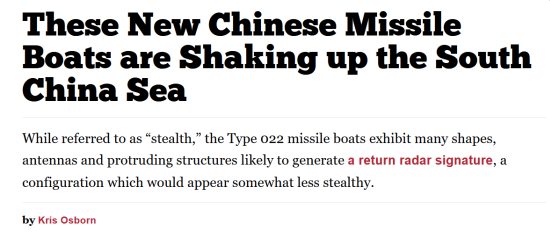
Chinese Air Force - Aircraft and Units
240 pages. 8" x 11". Softcover. Color illustrations throughout. Introduction, acknowledgements, abbreviations, index, and bibliography.
It is amazing to find out how much is known – and what remains unknown – about modern Chinese military aviation.
This book supplants the previous book (2012) by this publisher, and the material is now divided into three volumes, of which this volume covers the Air Force. (All three volumes have the same title, but different subtitles and cover photos.)
The first chapter provides the history of the Chinese Air Force – from private forces of warlords, to the Nationalist government into WWII, the Communist establishment of an air force and eventual acquisition of large numbers of Nationalist aircraft, post-WWII expansion with Soviet aircraft, intervention in the Korean War, operations against Nationalist islands, the Vietnam War, modernization programs beginning in the 1980s, and development of the first Chinese-produced advanced fighters. (10 pages)
The second chapter attempts to unravel the mystery of Chinese aircraft numbering (no, it's not sequential!). (4 pages)
Then we get into the meat of the book – the third chapter provides descriptions of every aircraft currently in service, from oldest to newest, from fighters and bombers to transports, helicopters and drones. One surprise is the vast numbers of obsolete aircraft maintained in operation. The Chinese have been able to build modern airframes, but still lack advanced engine technology. (81 pages)
This is followed up by a fourth chapter covering armament, weapons and stores (both Chinese-made and Soviet-supplied). This is the area where the least is known. Soviet-supplied aircraft generally cannot use Chinese-made armament, and vice versa. (18 pages)
The next chapter covers training. There have been major consolidations in training schools, there is an 'aggressor squadron' based on U.S. tactics, but training aircraft are behind the times and a poor preparation for digital cockpits. (11 pages)
Chapter six provides the ORBAT of the Chinese Air Force – a difficult task due to the 2017 reorganization, but there is a lot of information available. Includes maps for each theater command, showing bases and aircraft ranges. For example, Southern Theater Command includes 8th Bomber Division and 20th Specialized Division, with major bases at Kunming and Nanning, plus the Hong Kong garrison and transport and SAR assets. Kunming is home of the 130, 131 and 132 brigades; Nanning is home to 4, 5, 6, 26, 54, 124, 125, and 126 brigades. Each brigade's history is provided and what aircraft they operate (and markings, if known). (86 pages)
The final chapter covers the Airborne Corps, which is in the middle of a major reorganization to transition from 'flying infantry' to being able to conduct major airdrops. (9 pages)
One thing to note is that this book is published in Austria, and though the text is in English, the writing is sometimes difficult to comprehend.
If you're interested in modern or near-future wargaming, this book is a valuable resource. The illustrations and insignia information will also aid in painting your Chinese aircraft.
Reviewed by ![]() Editor in Chief Bill
Editor in Chief Bill ![]()
![]() .
.










